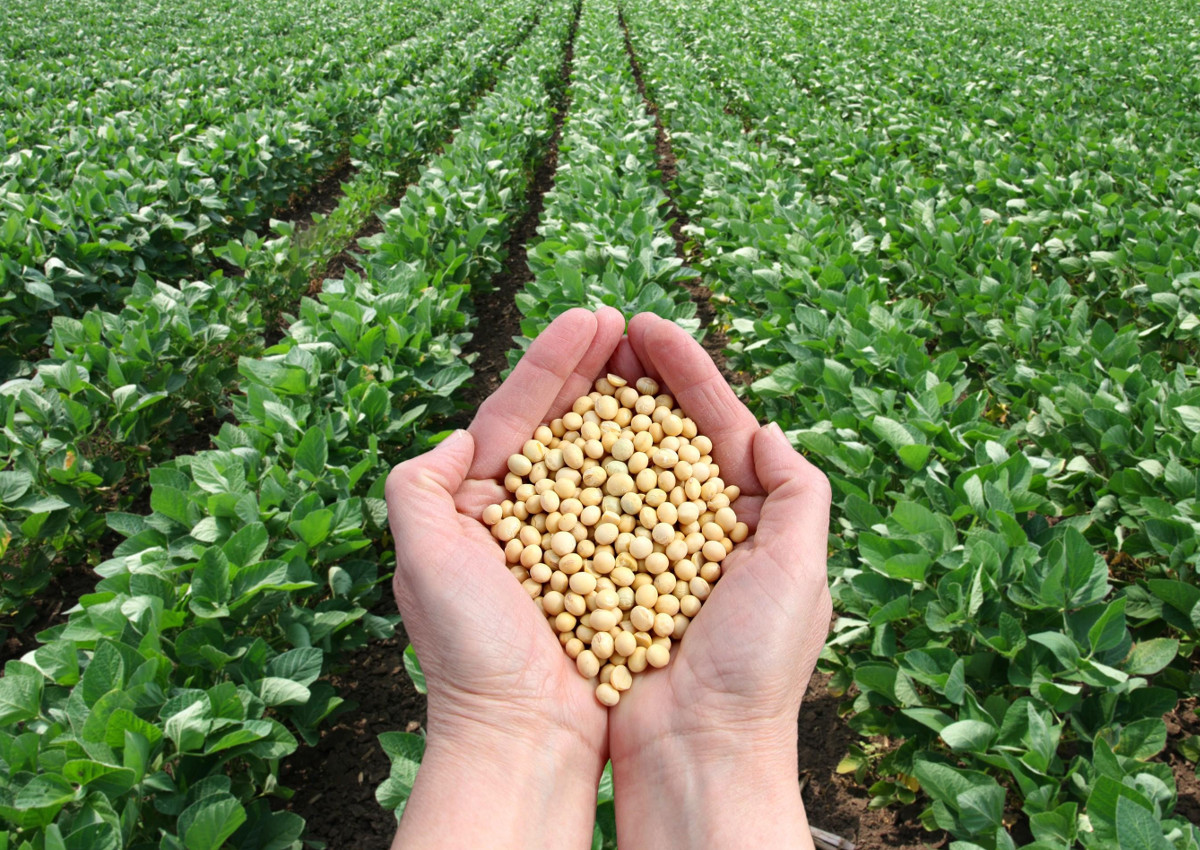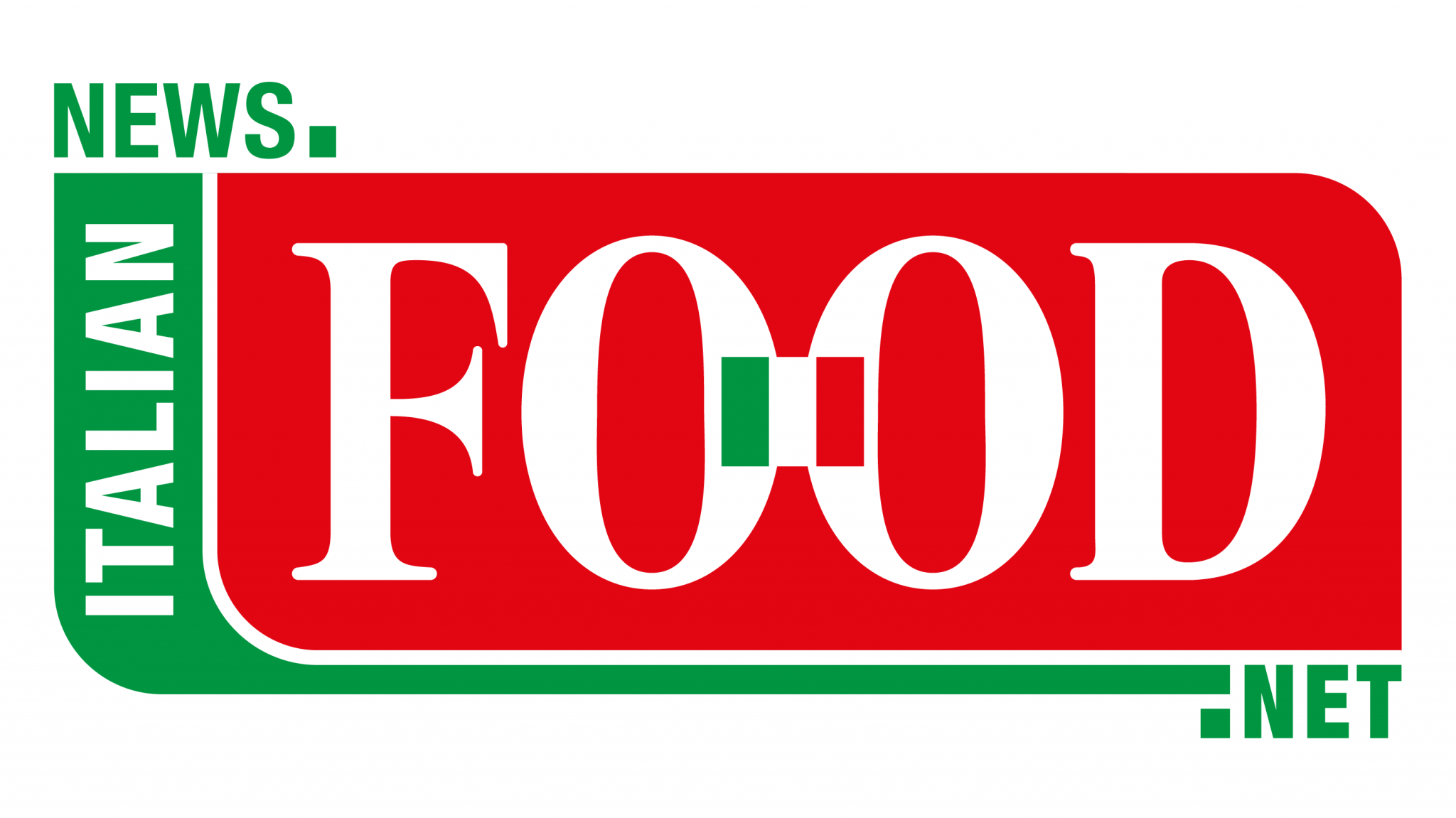
A global market in full expansion, propelled by unprecedented innovation, confronts its most difficult challenge: the consumer’s plate. This paradox defines today’s alternative proteins sector. On one hand, global meat consumption is projected to rise by 50% by 2050; on the other, signals of change are visible, with 51% of Europeans reducing meat consumption in 2023, led by Italy and Germany at 59%. This awareness translates into a more considered approach to food. Consumers increasingly see meat as a product to consume “responsibly,” favoring high-quality, local, or small-producer options, starting with alternative proteins.
These insights emerged at the States General of Alternative Proteins (SGPA), recently held at the Fondazione Feltrinelli in Milan. Conceived by Maurizio Bettiga, Chief innovation officer of Italbiotec, and organized by Italbiotec’s team, the event brought together scientists, companies, farmers, and institutions to review the largest transformation of the contemporary food system. Driving this change is an unprecedented wave of innovation: over 70% of studies on plant-based alternatives to animal products have been published since 2015, resulting in a 99% reduction in cultivated meat production costs.
A $90 BILLION GLOBAL MARKET: ITALY LEADS IN RESEARCH
Sector data presented at the event paints a clear picture: the global alternative protein market, valued at $90.5 billion today, is expected to reach $238.7 billion by 2034, with a Compound Annual Growth Rate (CAGR) of 9.8%. Growth is fueled by a surge in scientific research in Europe, where public funding has nearly tripled over five years to €318 million.
Italy stands out as Europe’s leader in active researchers in the field, with 633 professionals, highlighting scientific excellence ready to drive innovation. Consumer interest confirms this momentum: in 2024, plant-based product sales reached €639 million (+16.4% vs. 2022), with plant-based cheese alternatives doubling in value (+100%), and 59% of Italians reporting reduced meat consumption.
CONSUMERS DEMAND TASTE AND FAMILIARITY
The main drivers of alternative protein demand are Millennials and Gen Z, two-thirds of whom already integrate plant-based foods into their diets, according to research by the Future Food Institute. These urban consumers often identify as flexitarians—27% of the European population, alongside 62% omnivores and 8% vegetarians or vegans—reducing meat without eliminating it. Motivations include health (47%), animal welfare (29%), and sustainability (26%).
Yet the road to full acceptance is long, and familiarity is crucial: consumers prefer proteins seen as “natural” or traditional, such as potatoes, rice, and peas, with lentils leading in Italy. In contrast, insects, algae, and cultivated meat remain less appealing, often perceived as “unnatural” or too far removed from everyday experience.
FERMENTATION: AN “ANCIENT” TECHNOLOGY DRIVING THE TRANSITION
To overcome consumer hesitation and improve taste acceptance, SGPA highlighted technologies that combine tradition and innovation. Fermentation plays a key role, already part of Italian food culture (bread, beer, cheese), now essential for enhancing alternative proteins.
Precision fermentation allows the creation of targeted ingredients, like plant-based hemoglobin for burgers, improving the sensory experience. In 2024, over €100 million was allocated to research in this area, and nearly 50% of consumers in Europe and the U.S. are willing to try precision-fermented products, provided there is greater education and transparency.
The message from Milan is clear: innovation and taste must go hand in hand, leveraging research excellence, tradition, and education to create a more diverse, resilient, and sustainable food system.
